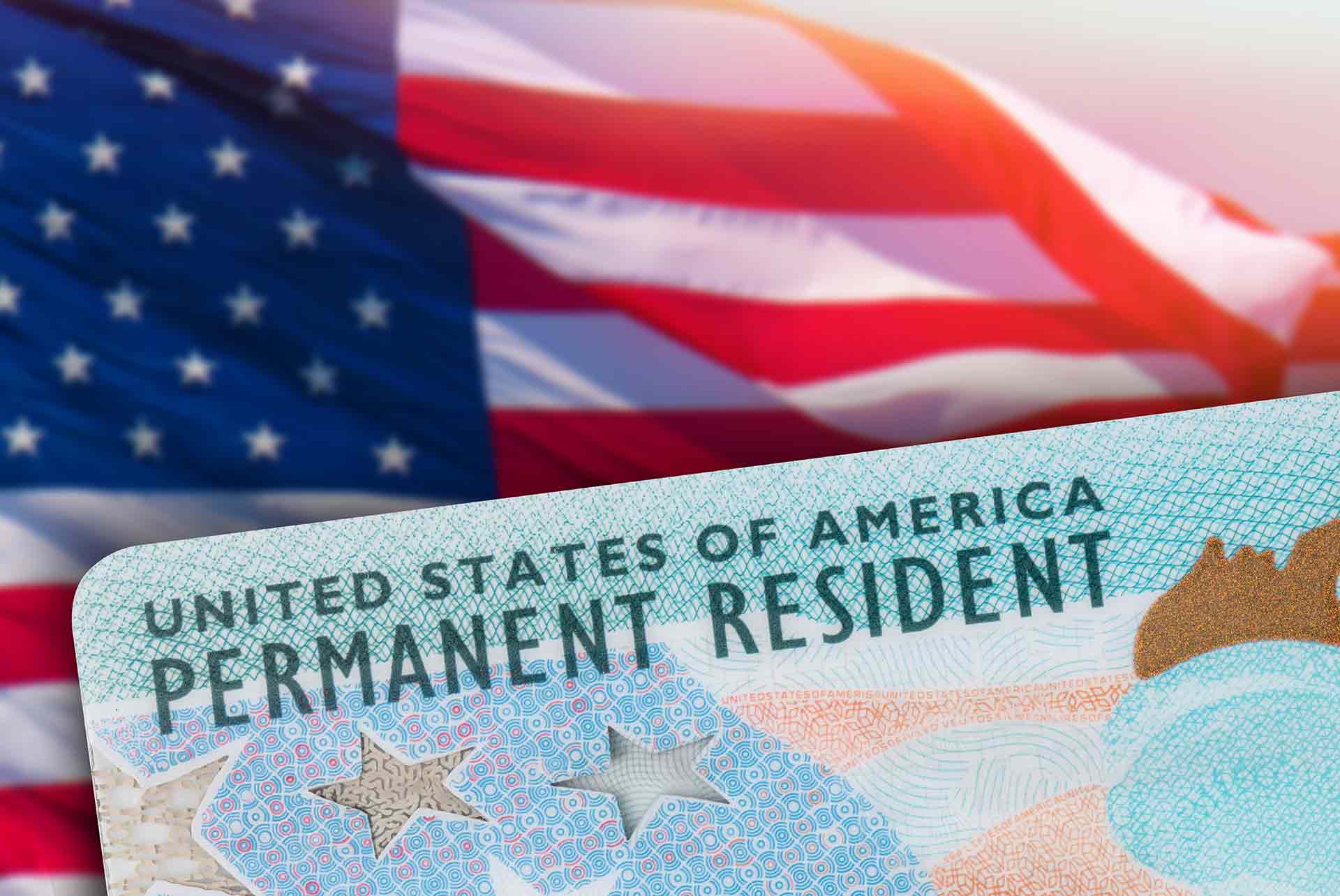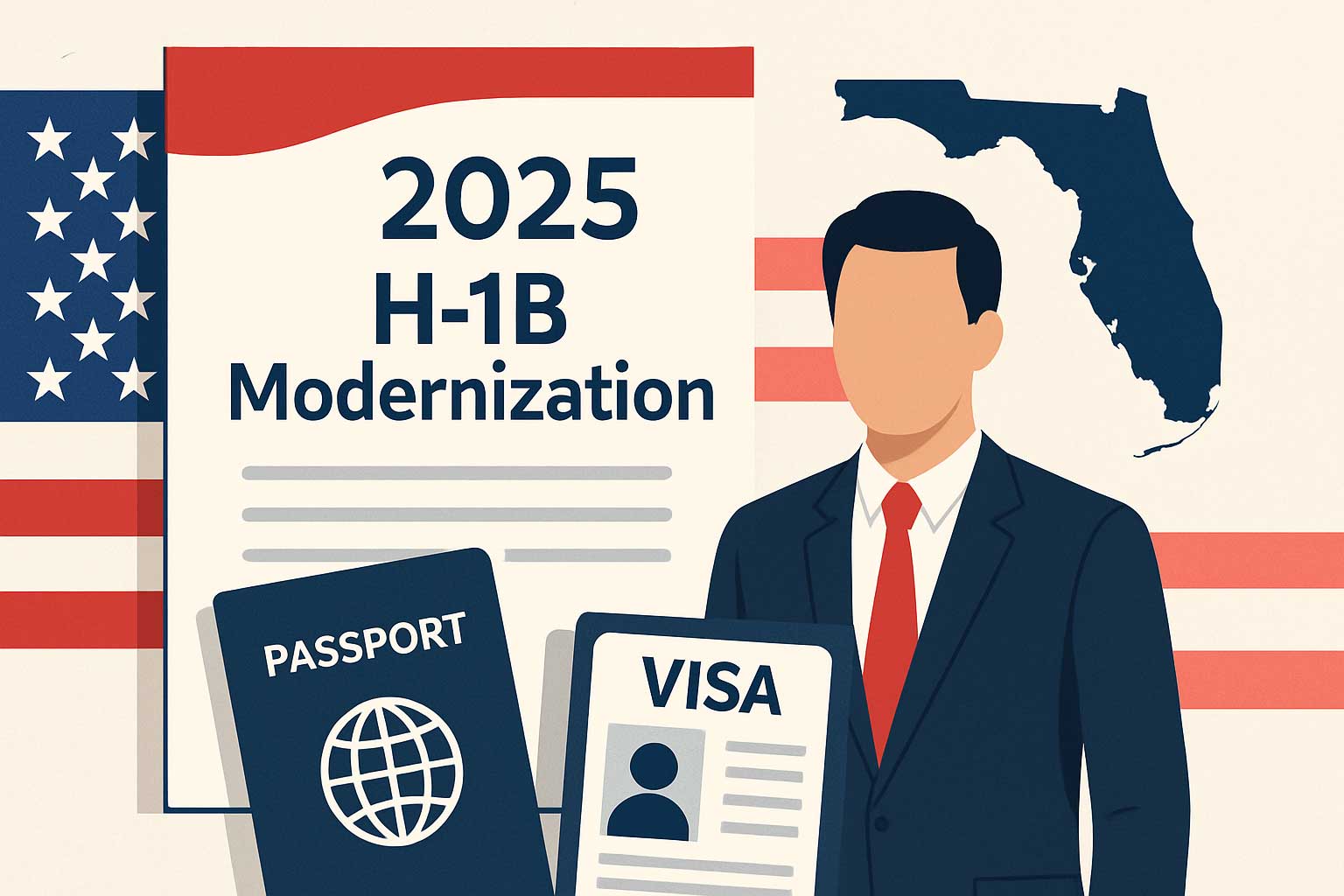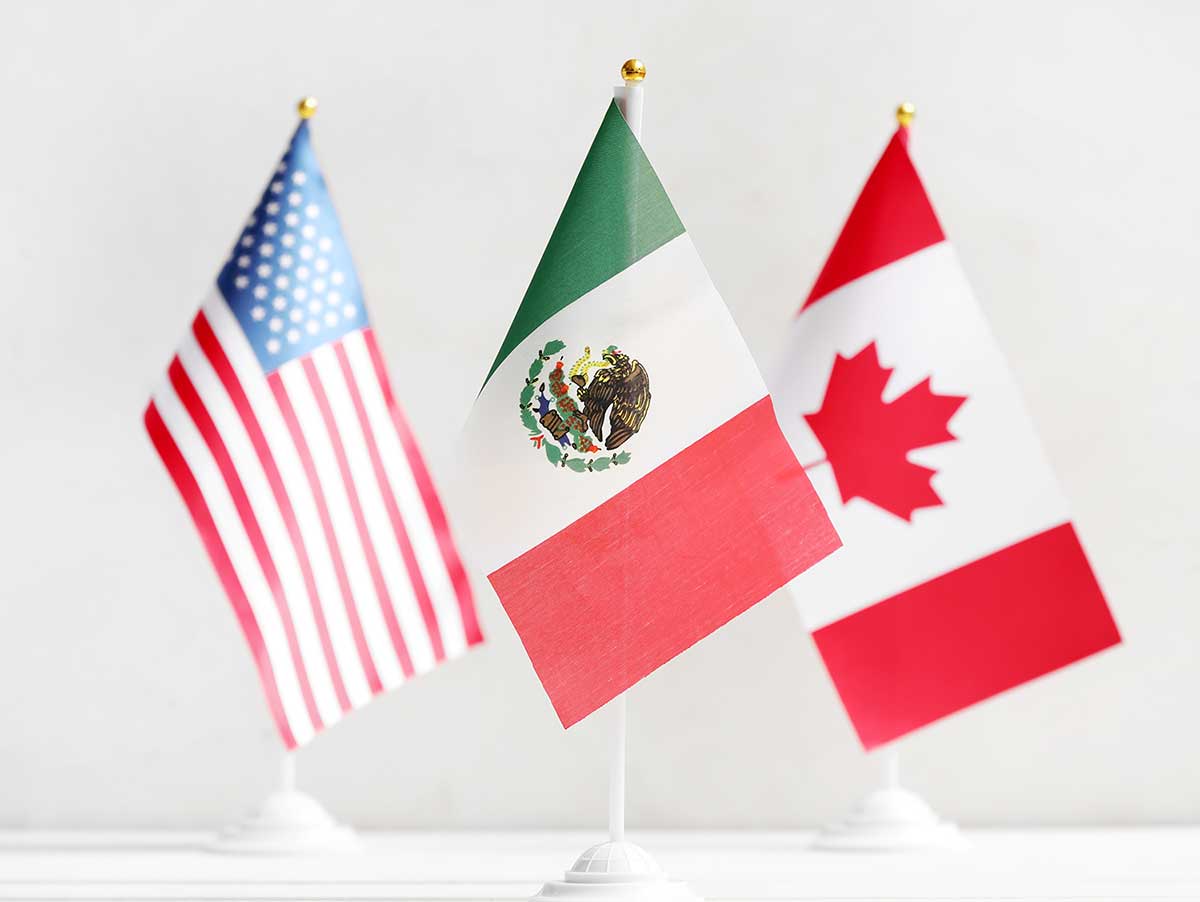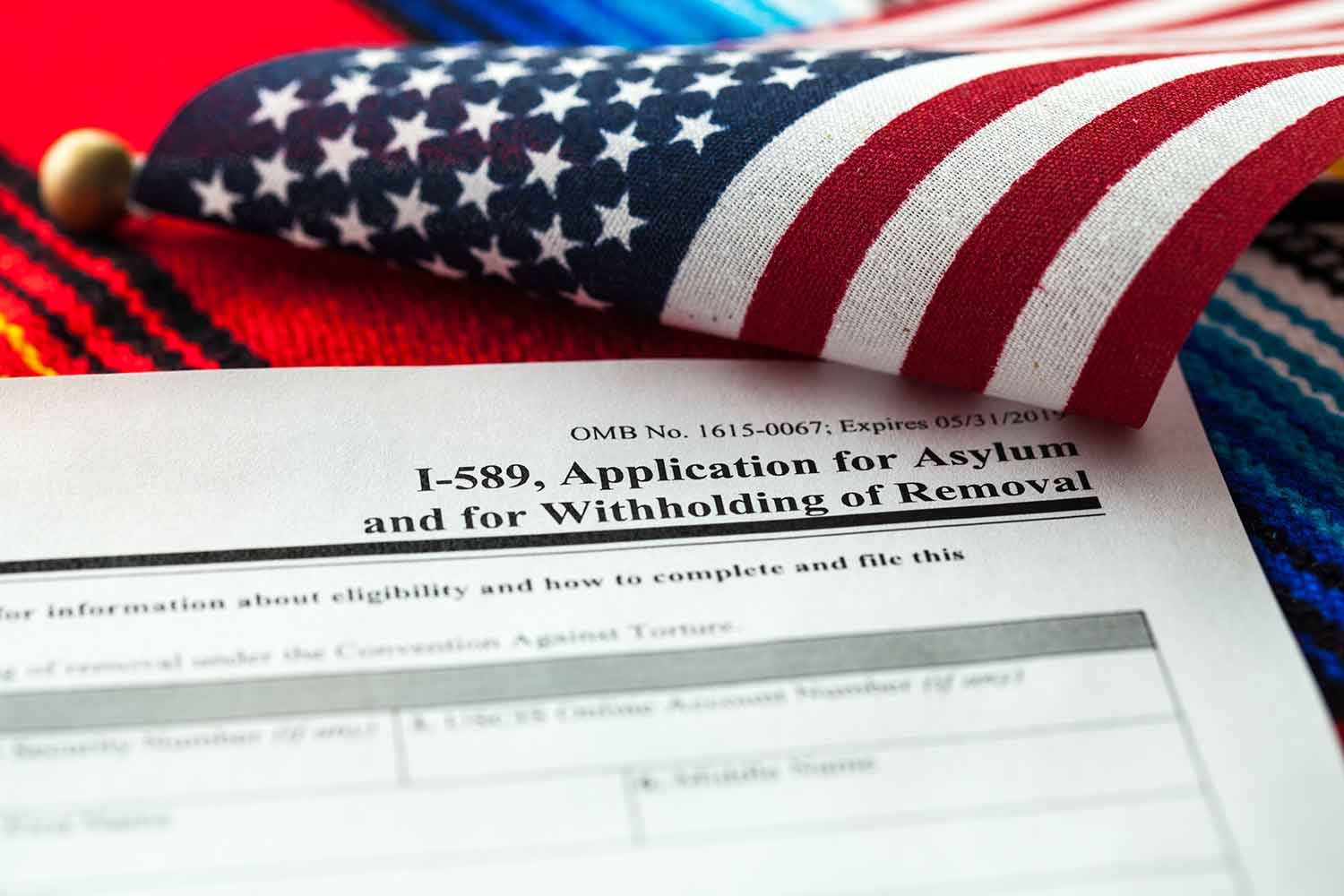How long does it take to get a family based green card?
Obtaining a green card can take varying amounts of time depending on factors such as the type of application and USCIS processing times. For example, a marriage green card typically takes between 11.4 and 40 months to process. Even if you are eligible for a family-based green card, the process is often lengthy and not immediate. For those seeking permanent residency, understanding green card processing times and requirements is crucial for a successful application. This article focuses on the timeline for family-based green cards, noting that timelines differ for employment or refugee-based green cards.
Timelines for Family-Based Green Card Processing
Obtaining a family-based green card can be a straightforward process, regardless of the relationship between the U.S. citizen or green card holder (the sponsor) and the green card applicant (the beneficiary). Here’s a step-by-step guide to help you through the process:
- Form I-130: Start by submitting the Petition for Alien Relative to establish the family relationship between the sponsor and the beneficiary. This is a crucial first step in the family-based green card process.
- Form I-485: If the beneficiary is already in the United States, file the Application for Adjustment of Status. This form is essential for adjusting the beneficiary’s status to that of a permanent resident.
- Form DS-260: If the beneficiary is outside the U.S., complete the Immigrant Visa Application. This form is necessary for processing the green card application abroad.
The time required to obtain a green card depends on the processing time between filing the family relationship form and the actual green card application. The United States Citizenship and Immigration Services (USCIS) updates processing times quarterly. As of October 2024, Form I-130 processing takes several months, while Form I-485 takes approximately 20 months. Stay informed about current wait times to better plan your green card application journey.
Applying for a Green Card While Married to a U.S. Citizen and Living in the United States
If your spouse is a U.S. citizen and you reside in the United States, obtaining a marriage-based green card typically takes 10–23 months. For a streamlined application process, you can opt for concurrent filing by submitting your I-130 and I-485 forms together. Ensure a smooth path to a green card by understanding the timeline and requirements for a marriage-based green card in the U.S.
Married to a U.S. Citizen and Living Outside the United States
If you live outside the United States with a U.S. citizen spouse, obtaining a spousal visa typically takes 11.4–15 months. This process involves various steps, including submitting the necessary documentation, undergoing background checks, and attending interviews. Taking these steps ensures that the immigration authorities have all the information needed to process your application and grant the visa.
Green Card Process for Spouses of Permanent Residents/Green Card Holders
If you’re married to a green card holder, understanding the green card process is crucial. After filing Form I-130, spouses usually wait about two years for a green card to become available. The entire process can take around three years, with potential extensions for citizens of Mexico, China, India, and the Philippines.
Living In or Outside the United States with a green card-holding spouse?
Your green card processing time is typically between 29 to 40 months. If you’re outside the U.S., anticipate a similar waiting period of 29 to 40 months. Stay informed about the green card timeline for spouses to streamline your transition to permanent residency.
Green Card for Widows and Widowers of U.S. Citizens
If you are a widow or widower of a U.S. citizen, you are eligible to apply for a green card within two years of your spouse’s passing. This process is similar to obtaining a marriage-based green card for spouses of U.S. citizens and usually takes 10–23 months.
Instead of the I-130 form used for family relationships, you must file Form I-360, known as the “Petition for Amerasian, Widow(er), or Special Immigrant.” Understanding the green card application process for widows and widowers is crucial for securing your lawful permanent residency in the U.S.
Green Card for Parents of U.S. Citizens
If you’re a parent of a U.S. citizen, you can obtain a green card with no numerical limits, just like spouses of U.S. citizens. Typically, parents can receive a family-based green card within 1-2 years of applying. For U.S. citizens helping parents immigrate, understanding this green card process is key to a successful application. Learn how to apply for a green card for parents effectively and ensure a smoother family immigration process with an experienced lawyer.
Green Cards for Minor Children of U.S. Citizen Parents
U.S. citizens can secure green cards for their minor children under 21 without any cap on availability, just like spouses and parents. Typically, these children can receive their green cards within 1-2 years after starting the application process. This streamlined process makes obtaining a green card for children of U.S. citizens more efficient compared to other immigration routes. If you’re a U.S. citizen looking to get a green card for your child quickly, this is a straightforward path to take.
Green Card Process for Children of Green Card Holders (Under 21)
If you are a green card holder with children under 21, understanding the green card process is essential. Minor children must wait for a green card to become available after you file Form I-130. Before they can apply for their green card, whether inside the United States or at a U.S. consulate abroad, this waiting period is necessary. These children are in the same immigration category as spouses of green card holders, which often results in a shorter wait time compared to other categories.
Typically, it takes about two years for a green card to become available, and the entire process usually takes around three years. However, the wait might be slightly longer for citizens of Mexico, China, India, and the Philippines. Navigating the green card process for children requires understanding these timelines and requirements.
Immigration Process for Unmarried Adult Children of U.S. Citizens
Unmarried adult children of U.S. citizens often encounter long wait times when applying for a green card. After a U.S. citizen parent files an I-130 petition, the immigration process can be lengthy. The wait time for a green card varies by country. Typically, it takes 7 to 8 years, but this can extend to over 10 years for citizens of the Philippines and more than 20 years for those from Mexico. Understanding these immigration wait times is crucial for those navigating the U.S. immigration system.
Green Card Process for Unmarried Adult Children of Permanent Residents
Unmarried adult children of permanent residents with green cards typically face a green card processing time of about 8-9 years. However, this timeline can vary based on the applicant’s country of origin. For instance, Filipino citizens often wait over 10 years due to high demand and limited visa availability. Meanwhile, Mexican citizens may experience even longer waits, sometimes over 20 years, owing to high demand and annual visa caps.
Green Card Timeline for Married Adult Children of U.S. Citizens
The green card processing timeline for married adult children of U.S. citizens generally spans 13 to 14 years. However, for citizens of the Philippines and Mexico, this timeline can extend significantly, reaching over 22 years because of higher demand and longer processing times in these regions.
Green Card Process for Siblings of U.S. Citizens
The timeline for obtaining a green card as a brother or sister of a U.S. citizen can be quite lengthy. For most applicants, the process usually takes 14-16 years. However, the wait time is longer for certain nationalities.
For Indian citizens, the process exceeds 16 years. Mexican citizens face an even longer wait of over 20 years, while Filipino applicants often wait more than 24 years.
These differences highlight the complexities and high demand for family-based green cards across various nationalities. Each year, the U.S. imposes limits on family-based green cards, with exceptions for spouses, parents, and minor children of U.S. citizens. For other family members, including siblings, obtaining a U.S. green card involves waiting for an available spot.
Final Thoughts and Summary on Family-Based Green Cards
Navigating the process of obtaining a family-based green card involves understanding different timelines and procedures. These depend on your relationship to your sponsor, their citizenship status, and your current location. For example, spouses and minor children of U.S. citizens often have shorter waiting periods, while unmarried adult children may experience longer timelines. Knowing these processing times and requirements is vital for a successful green card application. Patience and thorough preparation are essential as you pursue this path to secure a green card for your family.
Expert Immigration Assistance for Your Family
Don’t tackle the complexities of U.S. immigration law alone. Contact Purdy Law for personalized and affordable immigration legal assistance. Let us help you and your family make the American Dream a reality by guiding you through the family-based green card application process.




